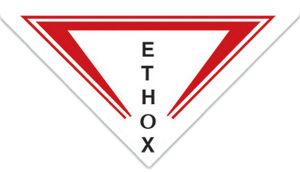The process of hydraulic fracturing, or fracking, involves the injection of drilling and completion fluids that contain primarily water, sand (proppants), and special additives into the underground shale at very high pressure. This creates fissures or cracks to form that allow the gas or oil to escape and be brought to the surface. The cracks are held open by the sand. In traditional wells the drilling is done vertically, however, in hydro-fracking, after vertical drilling down to the shale, the well turns horizontal and continues into the shale layer for thousands of feet.
The additives serve many purposes in the drilling fluid. Additives help to reduce friction and prevent pipe corrosion. By reducing the friction, the wear and tear of the pumps are also reduced. The reduced pressure can also lead to reduced operating costs by using less fuel. Preventing the corrosion on the pipes and pumps is important to keeping costs down. The corrosion can come from the sand itself or the chemicals that are being used.
Determining the best additive for a specific reservoir is not a simple matter for the end user, and the existing literature is full of conflicting claims as to which one is most appropriate. Different fluid additives have a tradeoff of properties, and depending on the reservoir, selecting one that leaves the formation with certain wettability may be advantageous. Our testing has indicated that understanding the reservoir is important in selecting the appropriate drilling and completion fluid.




